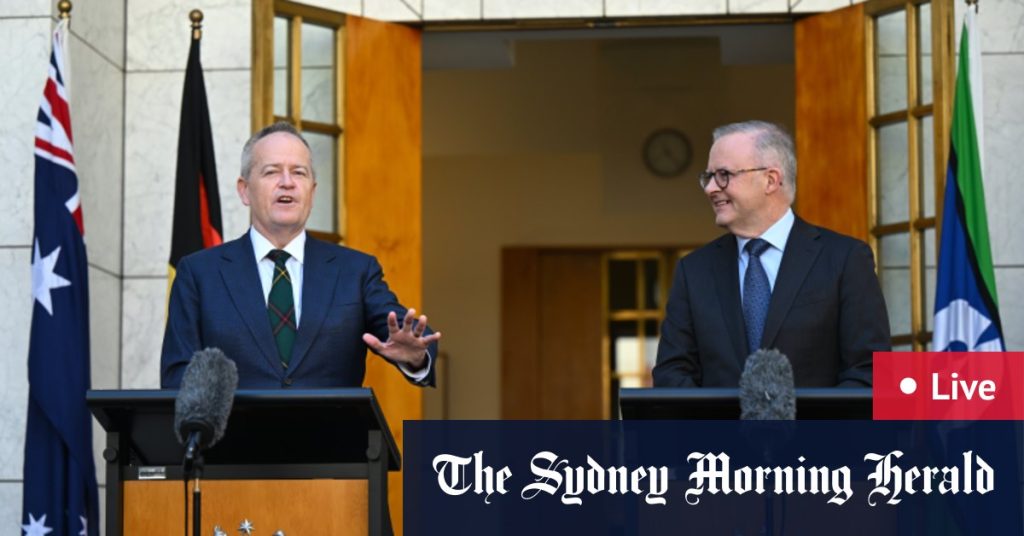Reserve Bank governor Michele Bullock revealed that five per cent of the nation’s home borrowers are facing a particularly challenging situation, with lower-income Australians being over-represented in this group. To stay financially afloat, some individuals may have to sell their homes, dip into their savings, or buy lower-quality goods. Despite this, Bullock emphasized that the Reserve Bank will maintain its current interest rate settings due to high inflation pressures in certain sectors of the economy, such as home construction, rents, and insurance.
The recent GDP figures released indicated that the Australian economy barely grew in the June quarter, with annual growth at just 1 per cent, the worst performance outside of the COVID pandemic since the 1990-91 recession. Bullock highlighted that lower-income earners are among those who are really struggling in the current financial climate, with some individuals making painful adjustments to avoid falling behind on their mortgage repayments. This includes cutting back on spending, trading down to lower quality goods and services, dipping into savings, or working extra hours. Ultimately, some may have to make the difficult decision to sell their homes.
Bullock’s speech underlined the challenges faced by lower-income individuals in the current economic environment, with some being forced to make significant sacrifices to stay afloat. While the number of people in this group is relatively small, their struggles are significant and require careful consideration. The Reserve Bank’s decision to maintain its current interest rate settings is based on its assessment of high inflation pressures in key sectors of the economy, emphasizing the need for a cautious approach to monetary policy.
The revelation that a small but significant portion of home borrowers are facing financial difficulties underscores the broader challenges in the Australian economy. Lower-income individuals are particularly vulnerable in this situation, with some likely to experience severe financial strain. Bullock’s acknowledgment of these struggles highlights the need for targeted support and intervention to assist those most affected by economic pressures. The potential consequences of these difficulties, such as individuals having to sell their homes, further emphasize the urgency of addressing these issues.
Despite the difficult economic conditions facing some home borrowers, Bullock defended the Reserve Bank’s decision to maintain its current interest rate settings. The ongoing high inflation pressures in certain sectors of the economy justify this stance, as the bank seeks to balance the need to support economic growth with the imperative to address inflationary risks. While challenges persist for some individuals, the Reserve Bank’s approach to monetary policy reflects a broader strategy to manage economic conditions effectively and safeguard financial stability.
In conclusion, Bullock’s speech highlighted the struggles faced by a small but significant portion of home borrowers in Australia, particularly lower-income individuals. The Reserve Bank’s decision to maintain its current interest rate settings reflects its assessment of high inflation pressures in key sectors of the economy, despite the challenges faced by some borrowers. Addressing these issues requires a nuanced approach that considers the specific difficulties faced by vulnerable individuals and seeks to provide targeted support where needed. By acknowledging these challenges and the potential consequences for affected individuals, policymakers can work towards effective solutions that promote economic resilience and stability.













